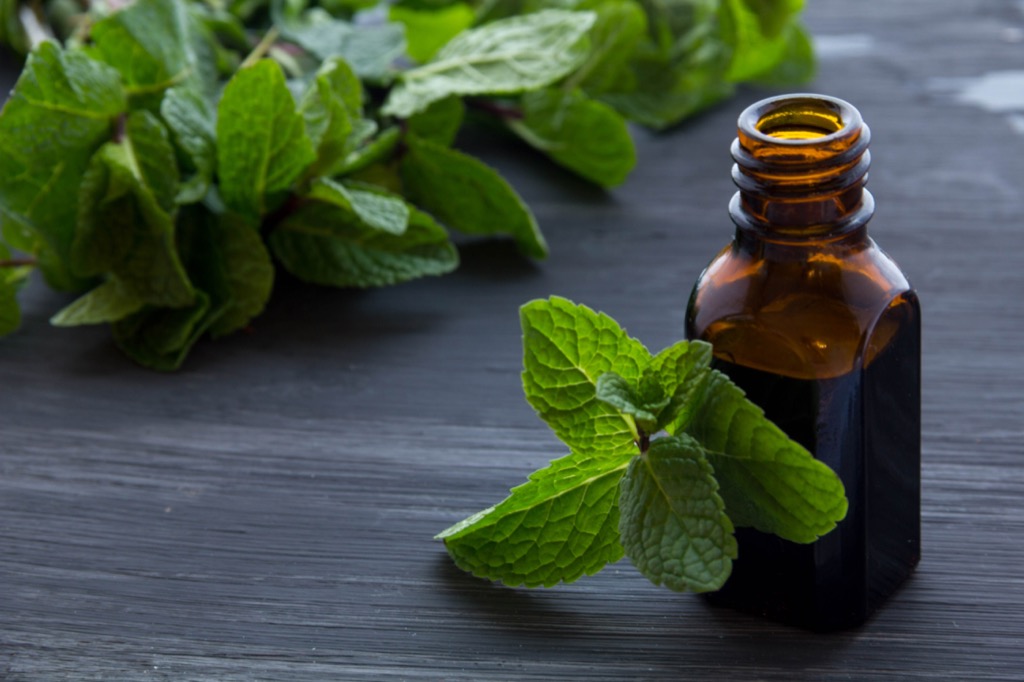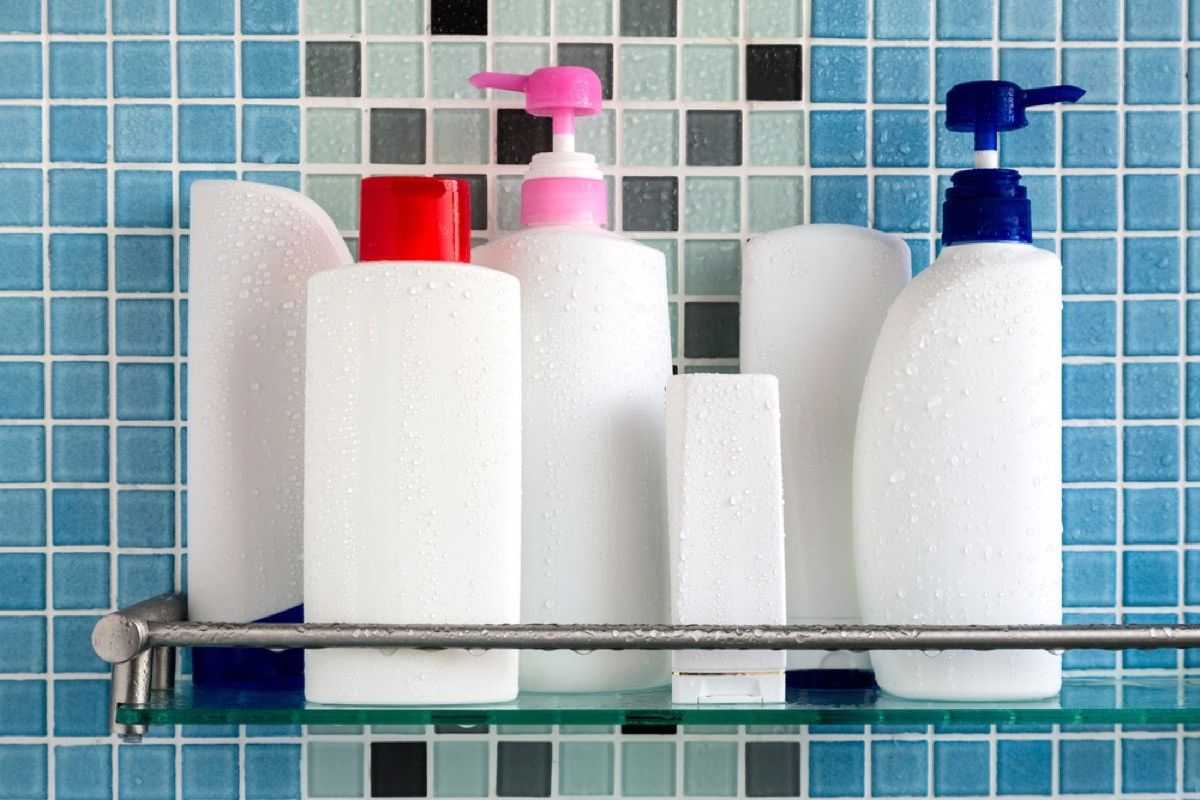“The loss of smell and taste is a prominent symptom of COVID-19, however it is also a common symptom of having a bad cold,” lead researcher Prof. Carl Philpott, from UEA’s Norwich Medical School, said in a statement. “We wanted to find out exactly what differentiates COVID-19.” The study, which was published in the journal Rhinology, looked at 10 COVID-19 patients, 10 people with heavy colds, and a group of 10 healthy people. “We found that smell loss was much more profound in the COVID-19 patients,” said Philpott. On top of that, “they were not able to identify bitter or sweet tastes. In fact it was this loss of true taste which seemed to be present in the COVID-19 patients compared to those with a cold.” The findings are important for two reasons: Firstly, while not as accurate as regular swabs, taste and smell tests “could provide an alternative when conventional tests are not available or when rapid screening is needed–particularly at the level of primary care, in emergency departments or at airports,” Philpott explained. And, secondly, the research suggests that COVID-19 affects not just the respiratory system, but the central nervous system. “Our results reflect, at least to some extent, a specific involvement at the level of central nervous system in some COVID-19 patients,” says Philpott. Read on to find out what scents you can use to test your sense of smell, and for more on the latest with the virus, check out The 5 Warning Signs You’re Likely to Suffer From “Long COVID.” A study out of India recently set out to find which particular scents tend to serve as bellwethers for COVID positivity in patients. They screened 25 smells, ultimately choosing five for their experiment that participants were most familiar with: coconut oil, cardamom, fennel, peppermint, and garlic. Peppermint was an aroma that those with coronavirus struggled with the most: 36.7 percent of patients in the study misidentified it and 24.5 could not smell it at all. The other commonly misidentified scent in the Indian study was coconut oil. According to the research, 22.4 percent of patients misidentified the coconut oil aroma and 20.4 percent could not even detect the smell at all. And for the complete list of symptoms to familiarize yourself with, here are These Are the 51 Most Common COVID Symptoms You Could Have.ae0fcc31ae342fd3a1346ebb1f342fcb If you can’t smell your morning cup of coffee, that could be a sign you have COVID. Proteus Duxbury, former chief technology officer for the Colorado health insurance exchange, who battled the virus in March, told Kaiser Health News it helped him ID the illness. “I didn’t have cough, headache, fever or shortness of breath,” he said. “But everything tasted like cardboard. The first thing I did every morning was put my head in the coffee jar and take a real deep breath. Nothing.” “Garlic, coffee, and coconut are additional scents you can use,” Philpott previously told COVID Symptom Study. “However, this is not an exhaustive list. … You should have a number of smells already in your cupboard at home that you can use, so there’s no need to purchase anything special for these tests.” Philpott explained that the only requirement for a smell test is that the scent “is safe to hold reasonably close to your nose—make sure you avoid any potential irritants like air freshener, bleach, or other strong smells that can cause a tingling sensation or harm to the nasal passage.” Philpott also suggests sniffing a fragranced shampoo like coconut to see how your sense of smell is doing. “Just hold the item close—but not touching—your nose and inhale. Simple!” he says. Philpott also says “grated zest of an orange, lemon, or lime in a bowl” can help you test your sniffer. Have some essential oils around the house? Choose one to smell daily to test your nose. “Spray some of the liquid on a fragrance strip or a tissue and hold underneath your nose and inhale,” Philpott explains. And for more up-to-date guidance on COVID and more, sign up for our daily newsletter.






